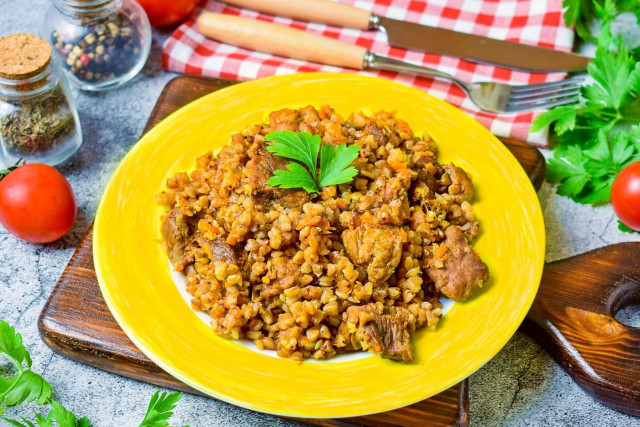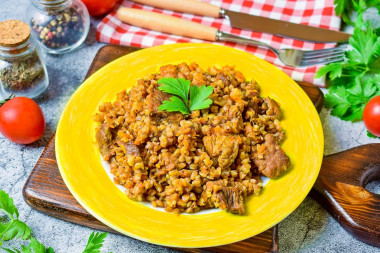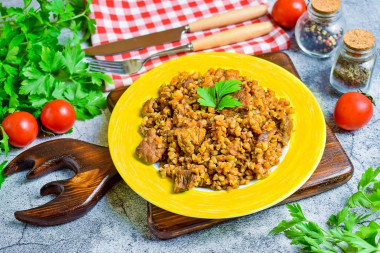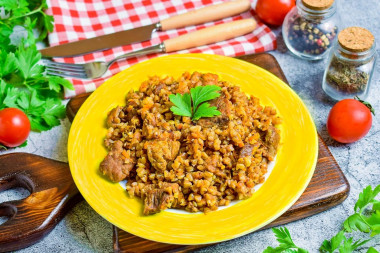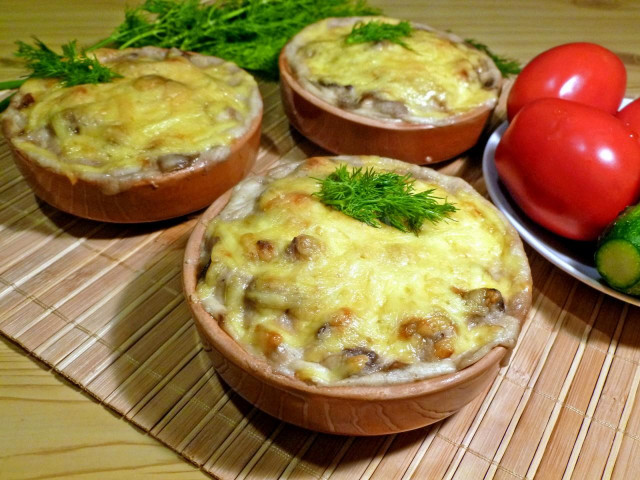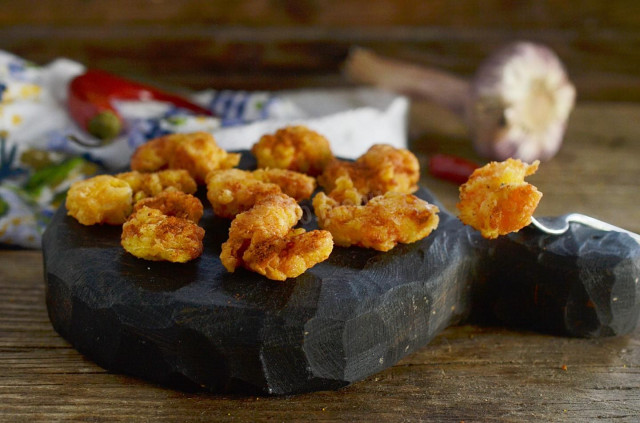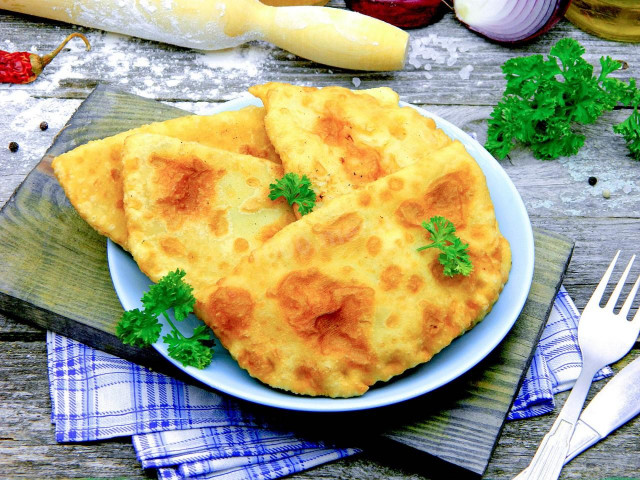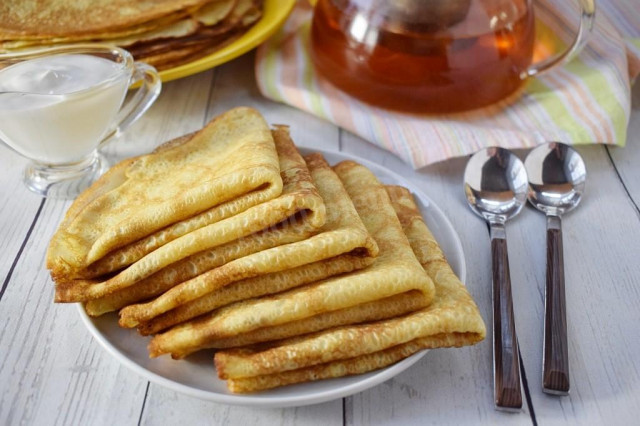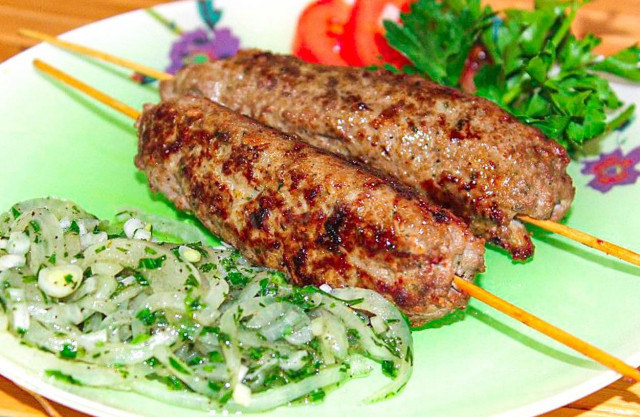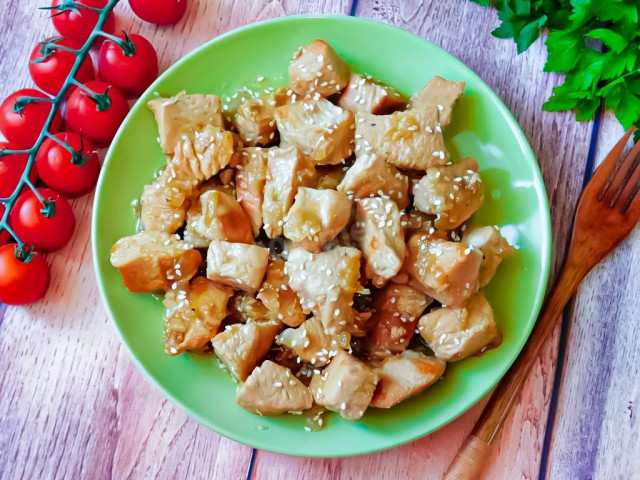Composition / ingredients
Step-by-step cooking
Step 1:
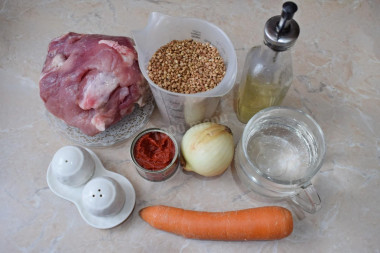
How to make buckwheat with pork in a merchant's frying pan? Prepare all the necessary ingredients for this. Take pork without bones. It is possible to allow a small amount of fat in pork. It can be a ham, neck or tenderloin. For cooking buckwheat, I always use the ratio of buckwheat-water, 1 to 2. Therefore, in this case, it is convenient to use glasses.
Step 2:
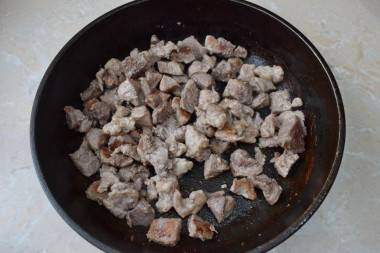
Cut pork into small pieces, approximately the same size. Heat the frying pan to a hot state and pour a little vegetable oil on it. Fry the meat until golden brown. Do not forget to stir the meat so that it does not burn.
Step 3:
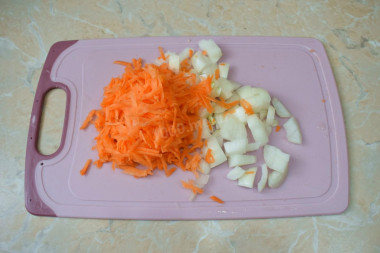
While the meat is frying, prepare the vegetables. Peel the onions and carrots and rinse them in running water from dirt. Onions can be cut arbitrarily. I usually cut it into small pieces. Grate the carrots.
Step 4:
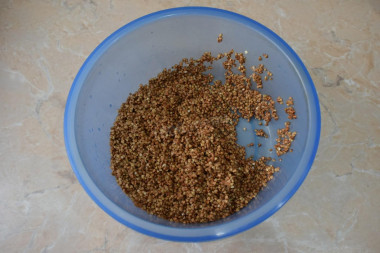
Wash buckwheat several times in cold water. Then drain all the excess water.
Step 5:
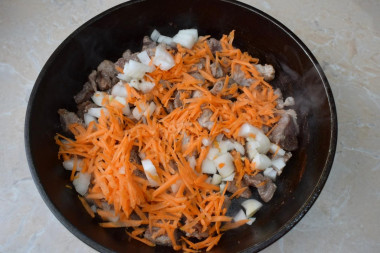
Add chopped vegetables - onions and carrots to the toasted meat. Stir and fry, stirring, all together for a couple of minutes.
Step 6:
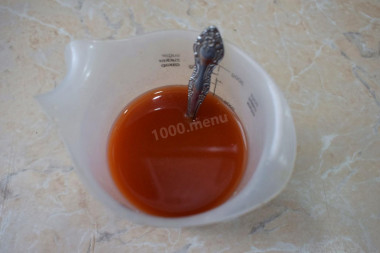
Pour a little water from the total amount into a separate glass and stir the tomato paste in it.
Step 7:
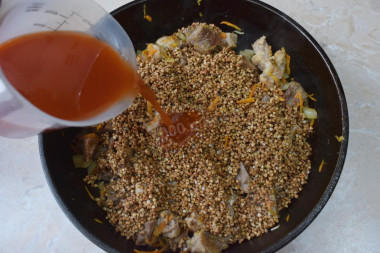
Put the washed buckwheat in the pan and pour water with tomato paste.
Step 8:
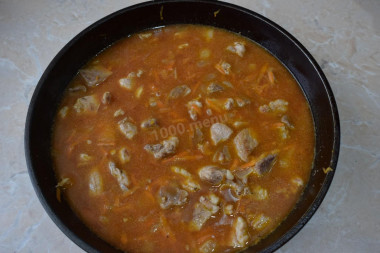
Also, add the remaining water. Sprinkle with a little salt and spices to taste. Bring everything to a boil. Then cover with a lid and make a small fire. Cook buckwheat merchant-style with pork for 15 minutes.
Step 9:
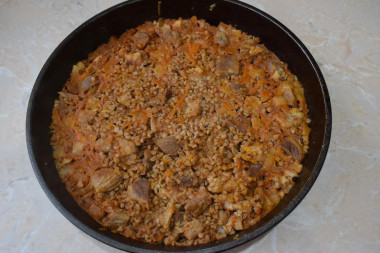
Periodically, push the buckwheat aside and check the amount of water at the bottom. When there is no water, remove the pan from the heat. Our dish is ready!
Step 10:
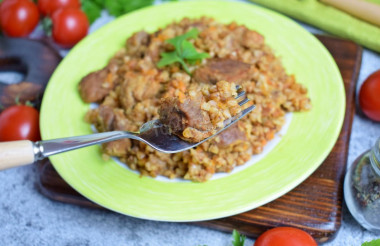
Put the finished dish into prepared plates and serve to the table, adding fresh vegetables. Bon appetit!
In addition to pork, any other meat can be used in this dish. Keep in mind that the cooking time, as well as the taste and calorie content of the dish will change. For example, beef is cooked longer than pork, and chicken fillet or turkey is less.
How to choose high-quality buckwheat? When buying, pay attention to its appearance. The grains should be of the same shape and size. There should be no debris or crushed grains in the lower part of the package.
Caloric content of the products possible in the composition of the dish
- Onion - 41 kcal/100g
- Pork fat - 333 kcal/100g
- Pork meat - 357 kcal/100g
- Pork - low-fat roast - 184 kcal/100g
- Pork chop on a bone - 537 kcal/100g
- Pork - schnitzel - 352 kcal/100g
- Pork Shoulder - 593 kcal/100g
- Boar's leg - 113 kcal/100g
- Pork - 259 kcal/100g
- Carrots - 33 kcal/100g
- Dried carrots - 275 kcal/100g
- Boiled carrots - 25 kcal/100g
- Buckwheat (whole grain) - 335 kcal/100g
- Dark buckwheat flour - 333 kcal/100g
- Light buckwheat flour - 347 kcal/100g
- Boiled buckwheat - 163 kcal/100g
- Buckwheat - 313 kcal/100g
- Vegetable oil - 873 kcal/100g
- Tomato paste - 28 kcal/100g
- Salt - 0 kcal/100g
- Water - 0 kcal/100g
- Spices dry - 240 kcal/100g

